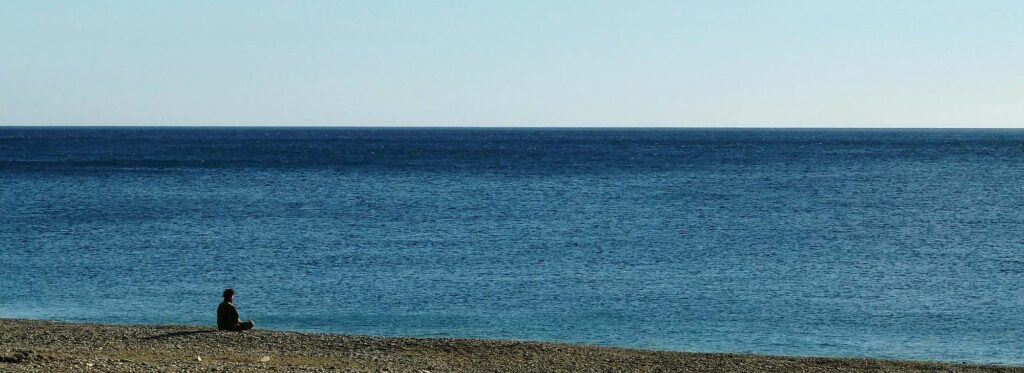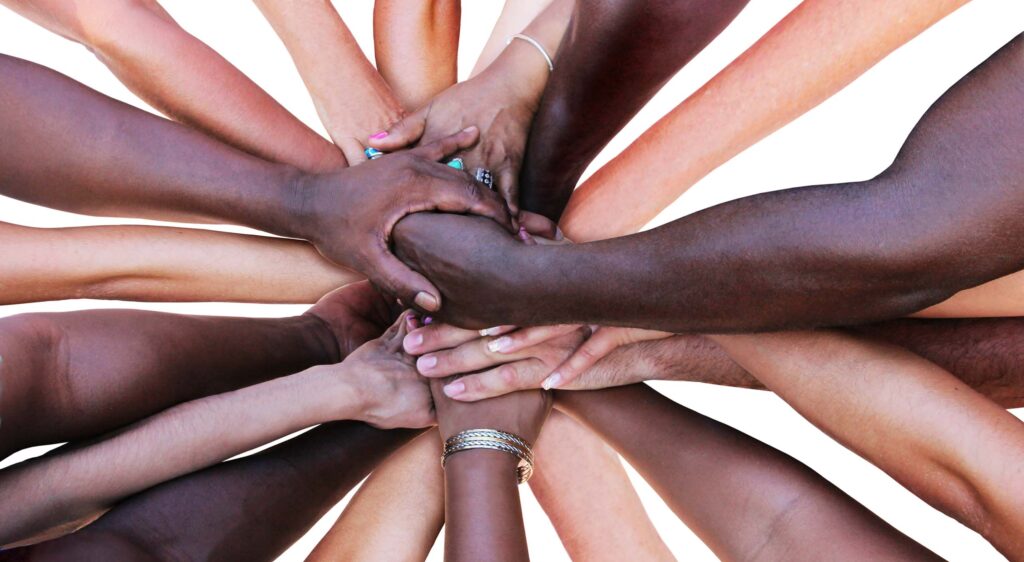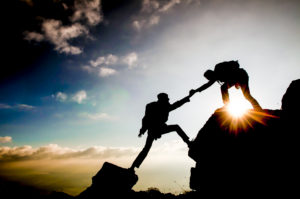Quite often I have heard this year of 2020 described as a Shit Show. There is no doubt that this has been a very difficult time in the lives of many. The loss of loved ones due to the pandemic, the loss of jobs, lockdowns, enough stress to go around for everyone, again all mostly due to the pandemic.

For those of us who celebrate, the Jewish New Year, Rosh Hashanah, begins this coming Friday evening. This is a time of great reflection for us, from Rosh Hashanah through Yom Kippur. As I begin to reflect I see not a shit show, I see instead, a great opportunity before me.
An opportunity to look deeply into myself and notice my biases, my prejudices, my ingrained beliefs and how they have informed or misinformed my thinking and actions. To examine how through my thoughts and actions I affected others. To also take stock in how I used these same thoughts and actions shape my life thus far, how I have used them as motivation, or hinderance, as a reason to move forward, or an excuse to stand still.

For me, most importantly, to then view all of this from a different perspective and change my thinking and behavior so that I can be less critical of myself as well as a more supporting, positive force for others so that we all turn our dreams into reality, and from there, all of us together begin reshaping the world so that we are building a more fair, loving, and equitable path for everyone to walk.
Why now? All of us throughout the world have been affected in some way by what is going in at this juncture in time, from the pandemic, to politics, to societal behaviors. We are not experiencing a single country crisis, we are in the midst of a world crisis. What better time to take stock in who we are individually, and rise to a higher ground so that together we can take the steps towards making a better life for all.
In coaching we work with our clients to reach that next level they are striving for. One way we do this is by challenging them to make bold moves or take the steps they’ve been unwilling to take. My challenge for all of is to take the time to look deeply into our being, and notice our behaviors, biases, prejudices, and view them from a different angle. Notice how your thinking has been molded as a result, and see if there are changes to be made to becoming the person you want to be so that your mark on the world is exactly want you want it to be.
For information about Visualities please visit me at visualities.us.




